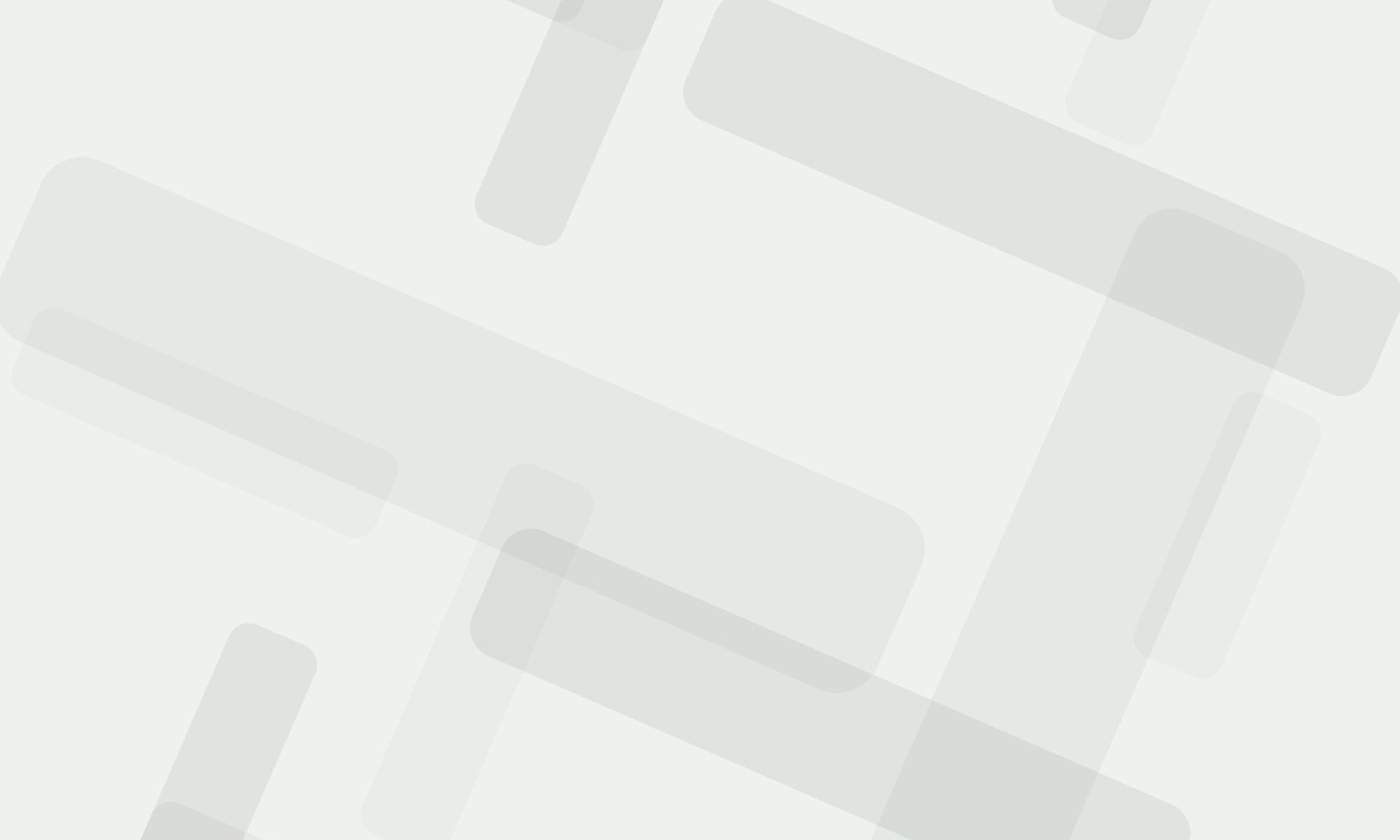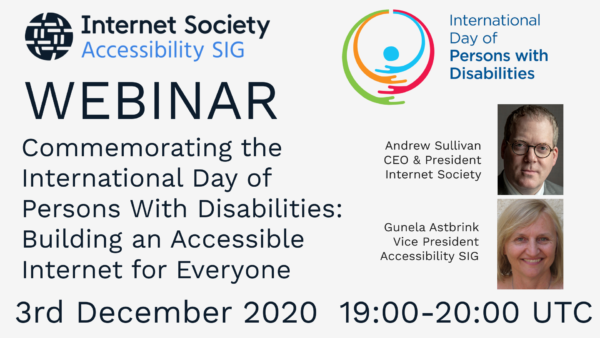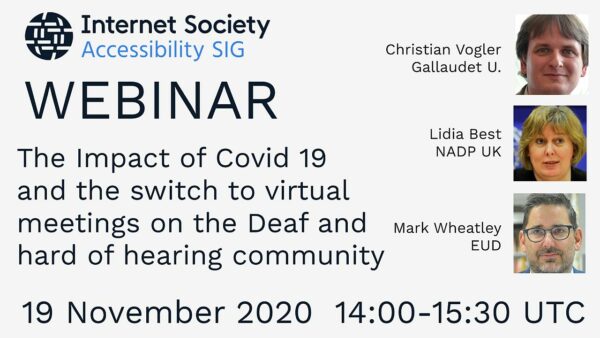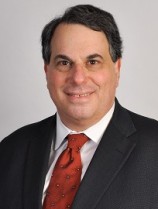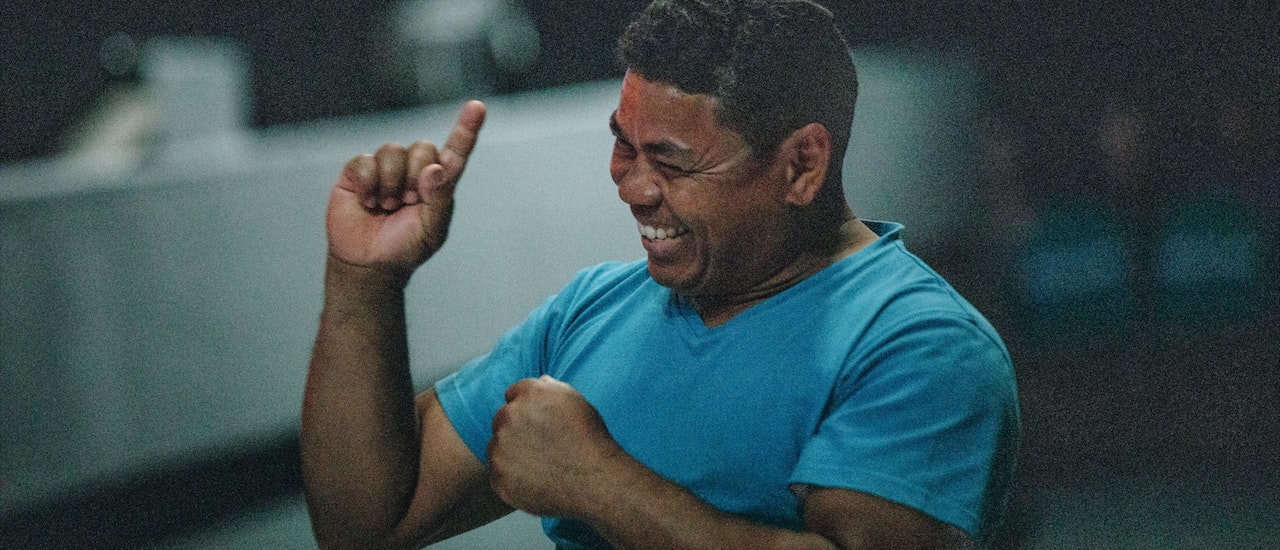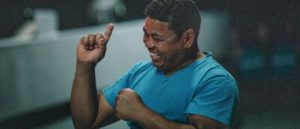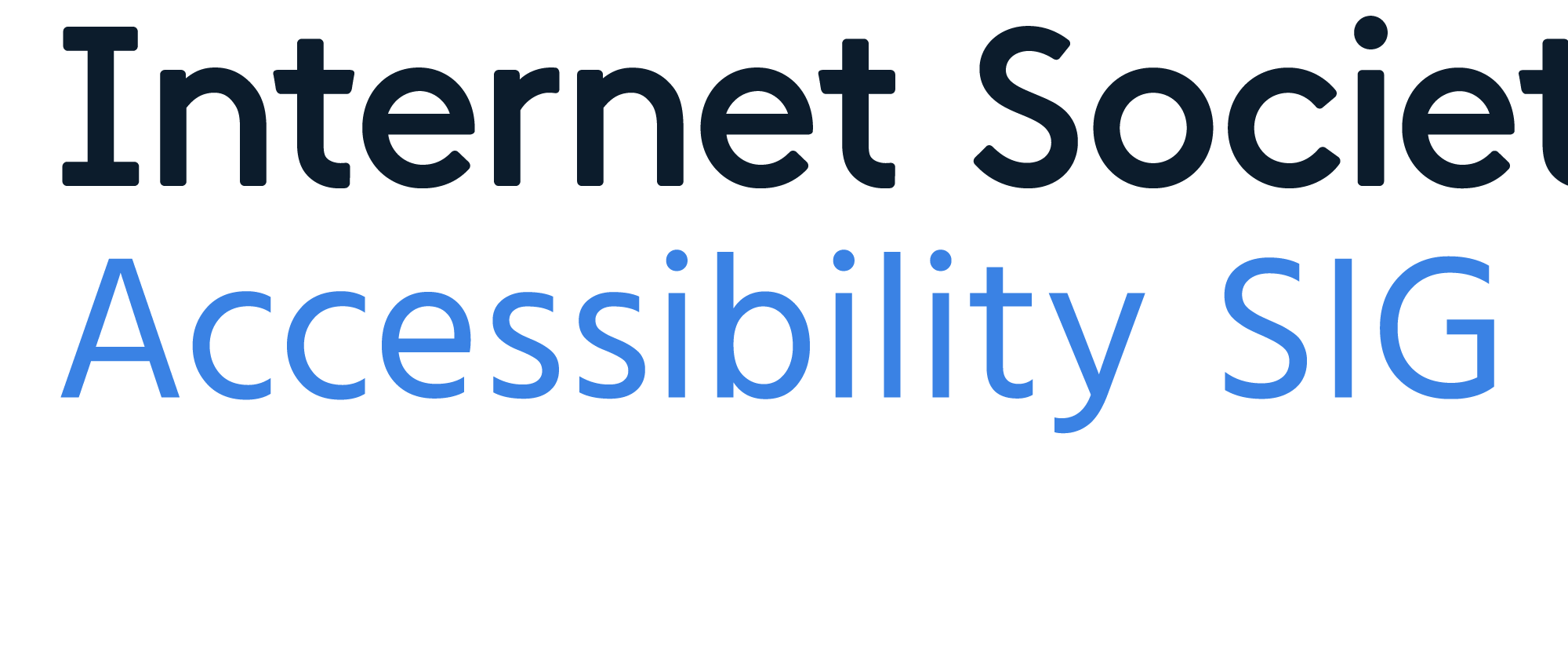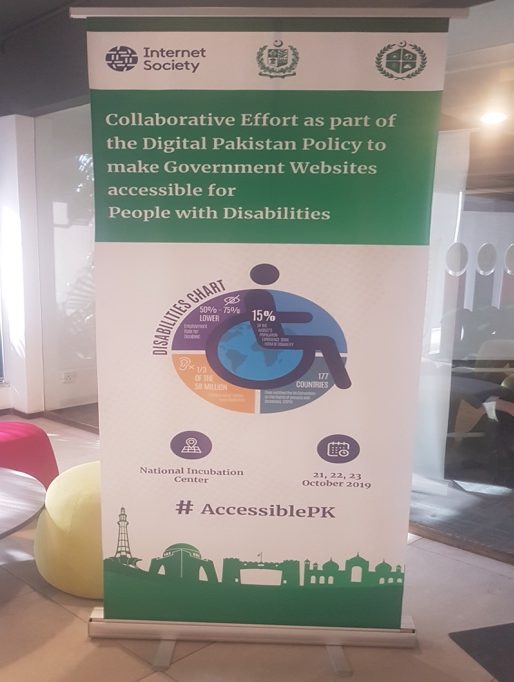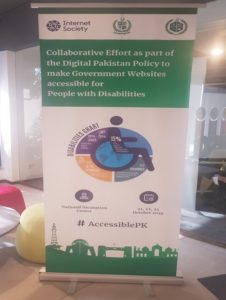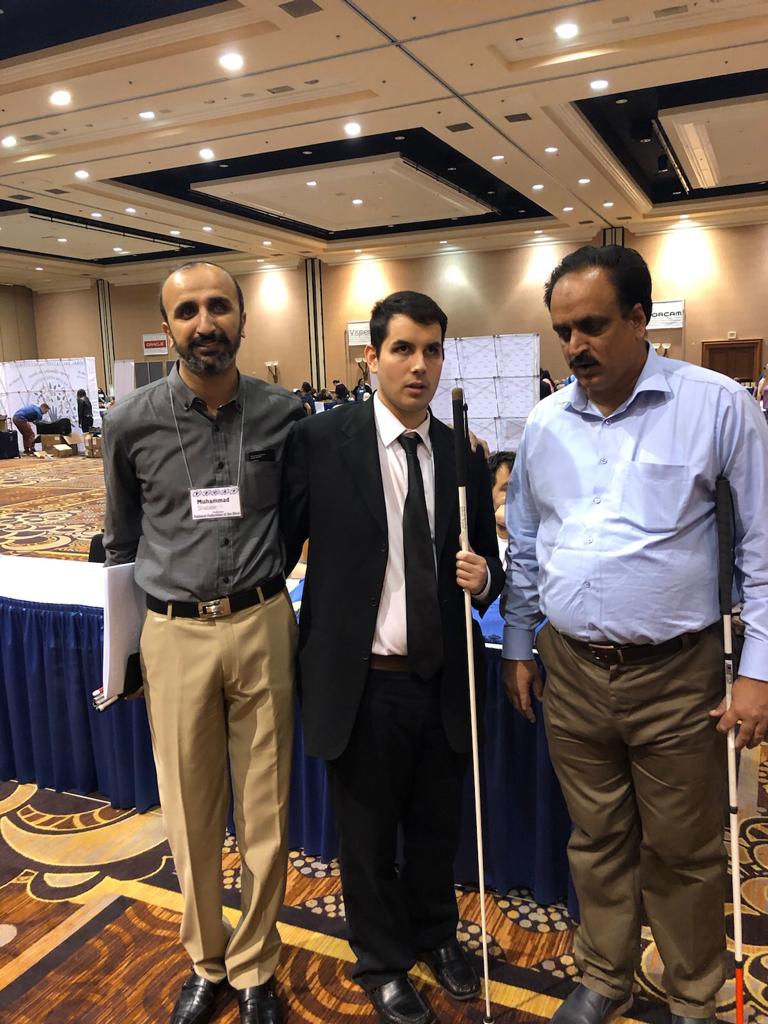(In July 2019 A11ySIG President Muhammad Shabbir Awan attended the NFB convention in Las Vegas – this is his report)
Betting is an uncertain business and some may consider “sure bet” as an oxymoronic statement, however, at Mandalay Bay Resort and casino in Las Vegas, Nevada from 7th to 12th of July 2019, there was sure bet that one would find determined blind people, as well as skills, information, awareness and experience about blindness. Said to bring the world’s largest annual gathering of people with blindness together, The American National Federation of the Blind (NFB) 2019 convention proved to me that it was much more than I had read, heard and/or imagined. I am thankful for the support of Internet Society that enabled me to experience this wonderful 2019 convention from July seventh to twelth. I am also thankful to Mr. Sultan Shah and Mr. Usman for their wonderful company during this trip. No doubt, this convention made a tremendous impression on me.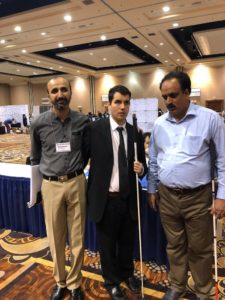
The life philosophy of NFB is: “The National Federation of the Blind knows that blindness is not the characteristic that defines you or your future. Every day we raise the expectations of blind people, because low expectations create obstacles between blind people and our dreams. You can live the life you want; blindness is not what holds you back. The National Federation of the Blind is not an organization speaking for the blind–it is the blind speaking for ourselves.” This is the message that I would hear, see and experience for the whole duration of the convention. This experience would make it worth over 26 hours long flight, disturbance in bodyclock due to time zone difference, and travel all the way from Pakistan to Las Vegas.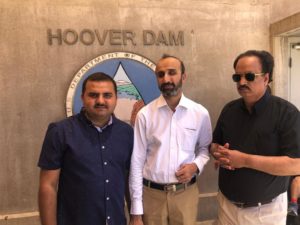
Situated at the beginning of the world-famous Las Vegas strip, Mandalay Bay Resort and Casino was the perfect location for enjoyment, networking, learning, conference activities, all of the above and more too! Graceful, confident people with blindness wove their way through crowded lobbies and hallways using their canes or guide dogs effortlessly. Mandalay Bay had more than two dozen restaurants and activities for people of all ages to enjoy. Among its features is an aquatic playground called Mandalay Bay Beach which has real sand, a wave pool, and rentable cabanas. The fun part was that Wherever I went in these six days, be it the middle of the day or night, I would find people with blindness enjoying and groping through their way.
I see that many of the rough places have been made smooth by these heroic pioneers.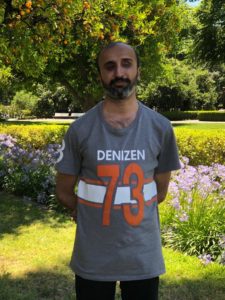
I found myself attending meetings of many groups and divisions. The six-day agenda was full of seminars, workshops and sessions on a variety of topics related to blindness. The topics included but are not limited to: education, science and engineering, technology, research, yoga, self-defence, sports and recreation, and many more. The convention also had sessions on tactile graphics, accessible art, and bringing more STEAM (science, technology, engineering, art, and mathematics) into blind people’s lives. For me, the sessions related to accessible technology particularly live presentations by the accessibility teams of Apple, Microsoft and Freedom Scientific as well as discussions with the people from these companies on sidelines were really interesting and fruitful.
As an International Relations (IR) researcher and professional, for me, the research and academic professional’s meeting to discuss current research, issues that blind people face in research and share ideas for increasing the research and academic presence of the NFB was of particular interest. I, as an IR student and professional, particularly loved the NFB Newsline service that offers hundreds of American and international newspapers and magazines to people with blindness in accessible formats. The only disappointment I faced at the convention was that I could not be subscribed to this wonderful service as I was not a resident of any US state.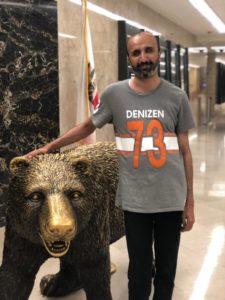
Nonetheless, I was able to gain a lot of knowledge and awareness from the meetings. I learned about forms of discrimination and access barriers that blind people have faced, and how the NFB helps overcome these issues. For example, I learned that the NFB has fought for blind people who have faced low expectations from teachers and lacked necessary accommodations to gain the same knowledge as their sighted counterparts. At convention, I learned about technologies intended to help overcome access barriers, such as the awesome development of a braille display that makes images tactile. I also learned about Aira, a new technology that helps blind people have easier access to information. Meanwhile, I also took the opportunities to introduce the ISOC Accessibility SIG to the participants and ran a member recruitment campaign too.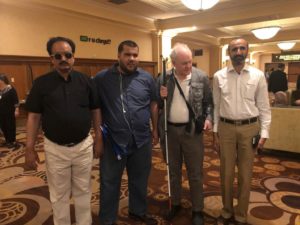
The exhibit hall was also one of my favorite attraction places. It opened the prospect for me to meet and speak with representatives from about fifty companies and organizations that produce, market and/or disseminate training in these tools. It was wonderful to get my hands on so many tools for the blind all in one place. For anyone who wants to do some comparison shopping before purchasing a piece of access technology, this is definitely a prime opportunity. The devices that excited me most were: a Bluetooth refreshable Braille display with a note-taking feature built in; and Optical Character Recognition Glasses (OCR Glasses). I plan to purchase one as soon as I can. At the same time, the NFB Independence Market provided the opportunity to handle, test, and learn to use blindness and low-vision tools including accessible games, household items, watches, calculators, and more.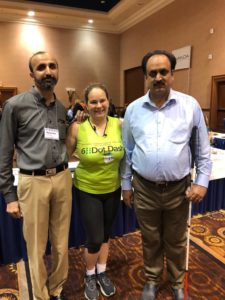
In summary, for me, the convention was a blast! From the moment I entered the hotel, to the second I left, I was participating in exhilarating activities. Regardless of whether I was at General Session or out to lunch with my friends, I was having a delightful time. I have been to number of international conferences with thousands of participants, I also knew that successful blind people existed, but I never witnessed such a large gathering of blind people in my life—over 3000 people registered for the event. With all of this in mind, I would definitely recommend that everyone who is blind or visually impaired try to go to an NFB convention. There is so much to experience and so many great people to meet. However, I do have one word of caution regarding convention: Sleep may be hard to come by. There is so much to do that getting the normal six to eight hours of sleep per night may not be possible.
Lastly, I understand that people with blindness or other disabilities face difficulties in every society, in developing countries more than in the developed world. However, before convention, I was unaware of the extent of inequality that the blind community may face in all aspects of life. The fact that people are getting paid less simply because they are blind, or having their children taken away because close-minded individuals say, “How could blind people raise children?” is absurd. To be honest, I have personally faced little discrimination and few access barriers thus far in my life. I was shocked to hear about the terrible ways in which blind people have been slighted, and times when they had been cheated out of opportunities and experiences. I believe that continuing the fight to overcome discrimination and access barriers is extremely important. Probably the most important lesson I learned is that blind people all over the world are facing challenges, but despite this, they are overcoming these barriers and getting the degrees, finding the jobs and having the experiences they want. In other words, they are living the lives they want!
Muhammad Shabbir Awan is the President of Internet Society Accessibility SIG and can be contacted at: Email and Twitter.
